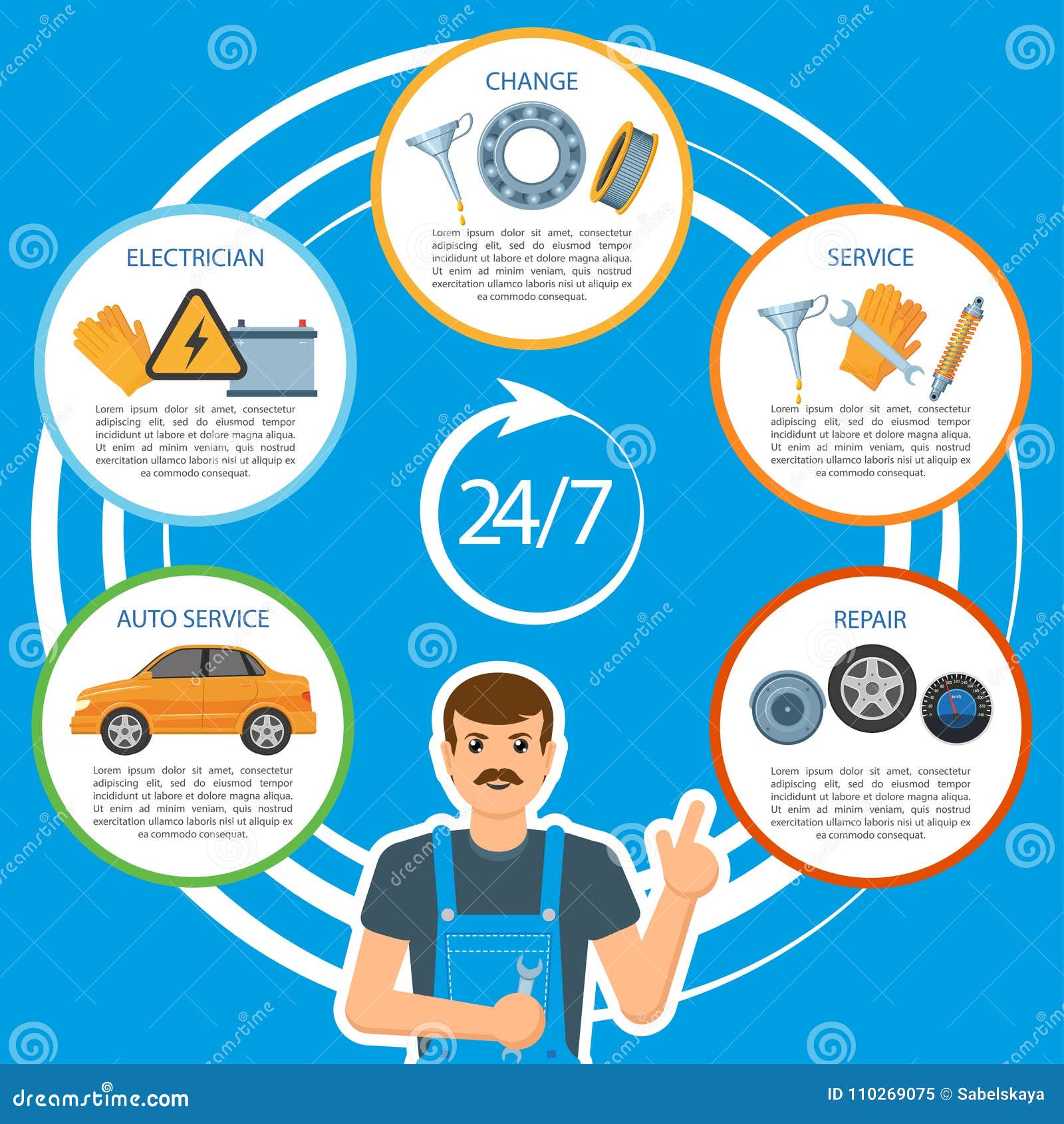Master The Art Of Understanding Car Caution Lights And Face Possible Challenges With Assurance
Master The Art Of Understanding Car Caution Lights And Face Possible Challenges With Assurance
Blog Article
Post Produced By-Ditlevsen Park
When you're behind the wheel, those little caution lights on your cars and truck's control panel can be quite perplexing. What do they indicate, and should you be concerned? Understanding these signals is critical for your car's wellness, however it doesn't have to be a difficult task. By translating the enigma behind each light, you'll be equipped to deal with prospective problems successfully and keep your vehicle running smoothly. So, following time a warning light flashes, don't panic - arm yourself with understanding and take control of the situation.
Value of Cars And Truck Warning Lights
Recognizing the significance of your vehicle's caution lights is crucial for maintaining your vehicle's health and safety. These lights serve as your car's communication system, alerting you to possible concerns that might endanger your security when traveling or cause costly repair work if disregarded. By taking note of these warnings, you can address problems early and stop further damage to your car.
Ignoring advising lights can lead to severe effects, such as engine failing, brake breakdowns, and even accidents. These lights are designed to notify you of problems varying from reduced tire stress to engine breakdowns, giving you the chance to take action prior to the scenario gets worse. Routinely examining and understanding these warnings can save you time, cash, and guarantee your safety while driving.
Along with keeping you risk-free, responding promptly to alerting lights can likewise aid lengthen the lifespan of your cars and truck. By resolving issues early, you can stop tiny issues from intensifying right into major repair work, inevitably saving you time and money in the long run. Keep in linked webpage , your auto's warning lights are there for a factor - don't ignore them!
Common Caution Lights and Meanings
When it pertains to driving your car, understanding typical warning lights and their meanings is crucial for your security and automobile maintenance. Below are a couple of common warning lights you may encounter:
1. ** Check Engine Light **: This light shows a problem with your engine. Maybe https://ecutunenearme73950.theideasblog.com/31660286/inform-on-your-own-on-the-vital-factors-to-weigh-when-choosing-whether-to-embark-on-cars-and-truck-repair-work-independently-or-seek-the-experience-of-an-expert-with-this-interesting-guide like a loose gas cap or something more severe like engine misfiring.
2. ** Battery Light **: This light signals a problem with your cars and truck's charging system. https://www.fox10phoenix.com/news/tips-on-preventing-your-car-from-breaking-down-in-the-arizona-heat could show a defective battery, alternator, or various other related elements.
3. ** Oil Stress Light **: When this light begins, it indicates your engine might be running low on oil or experiencing reduced oil stress, which can bring about engine damage otherwise dealt with promptly.
4. ** Brake System Light **: This light suggests a problem with your stopping system. It could indicate low brake liquid levels or a trouble with the brake system that calls for prompt interest.
Recognizing these typical caution lights will aid you recognize potential concerns beforehand and stop more substantial problems in the future.
Just how to Reply To Warning Lighting
In the event that a warning light brightens on your vehicle's control panel, it's critical to respond immediately and suitably. When a warning light comes on, the primary step is to consult your owner's guidebook to understand the details concern suggested by the light.
Some lights need immediate attention, while others may suggest a much less immediate issue. If the caution light is red or blinking, it's usually an indication of a major issue that requires prompt activity. In such cases, it's advisable to pull over securely, switch off the engine, and look for expert aid.
For yellow or orange caution lights, while they might not need instant attention, it's still important to resolve the underlying problem without delay to stop additional damage. Routine maintenance and inspection can help protect against warning lights from coming on all of a sudden.
Verdict
Finally, understanding your vehicle's warning lights is critical for keeping your vehicle's health and safety. By regularly examining and reacting to these cautions, you can address possible concerns early and prevent pricey repair work or safety and security risks. Remember to consult your proprietor's handbook for info on various warning lights and always take immediate activity for red or blinking lights. Stay aggressive and keep your automobile running efficiently!
